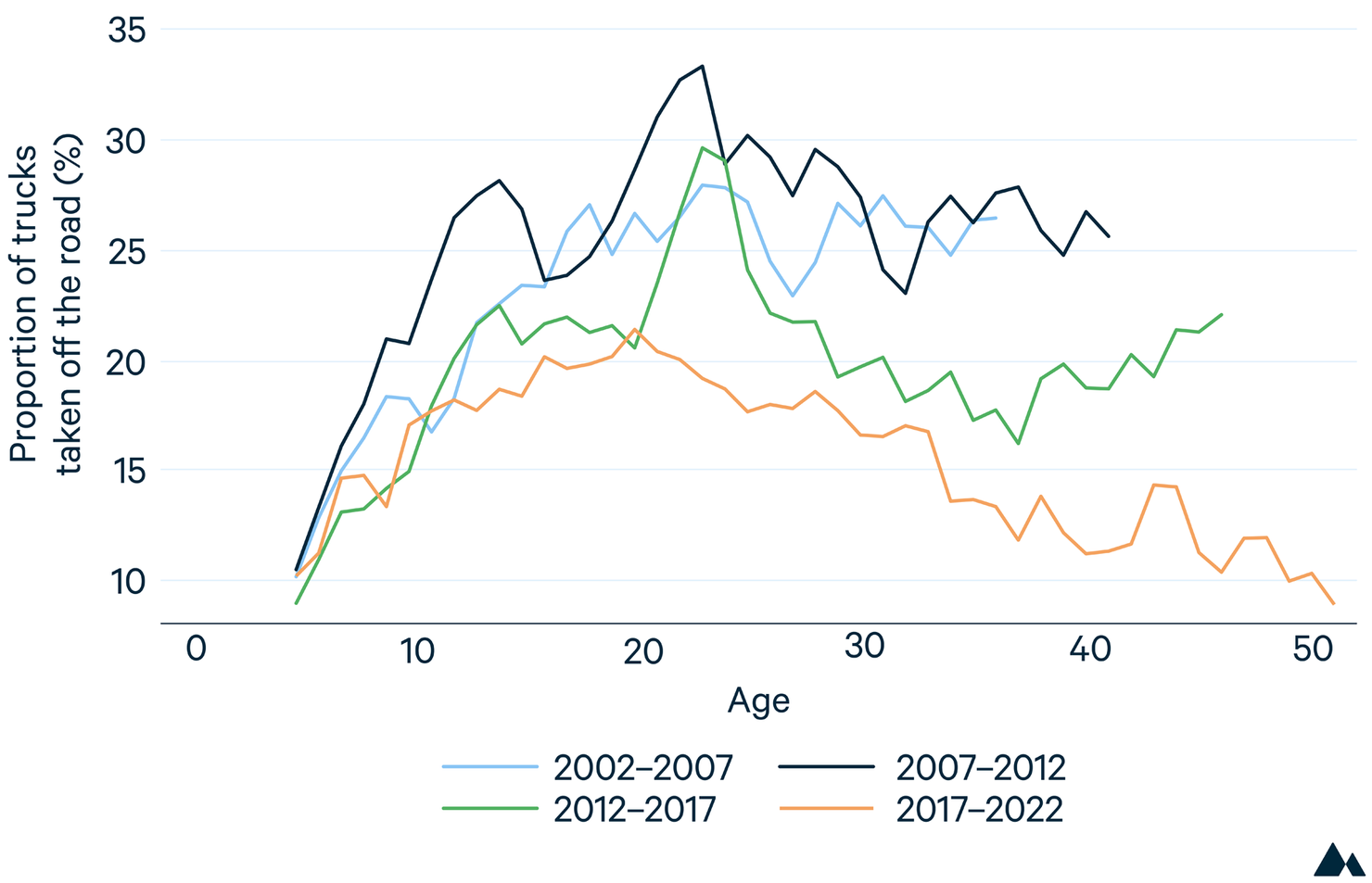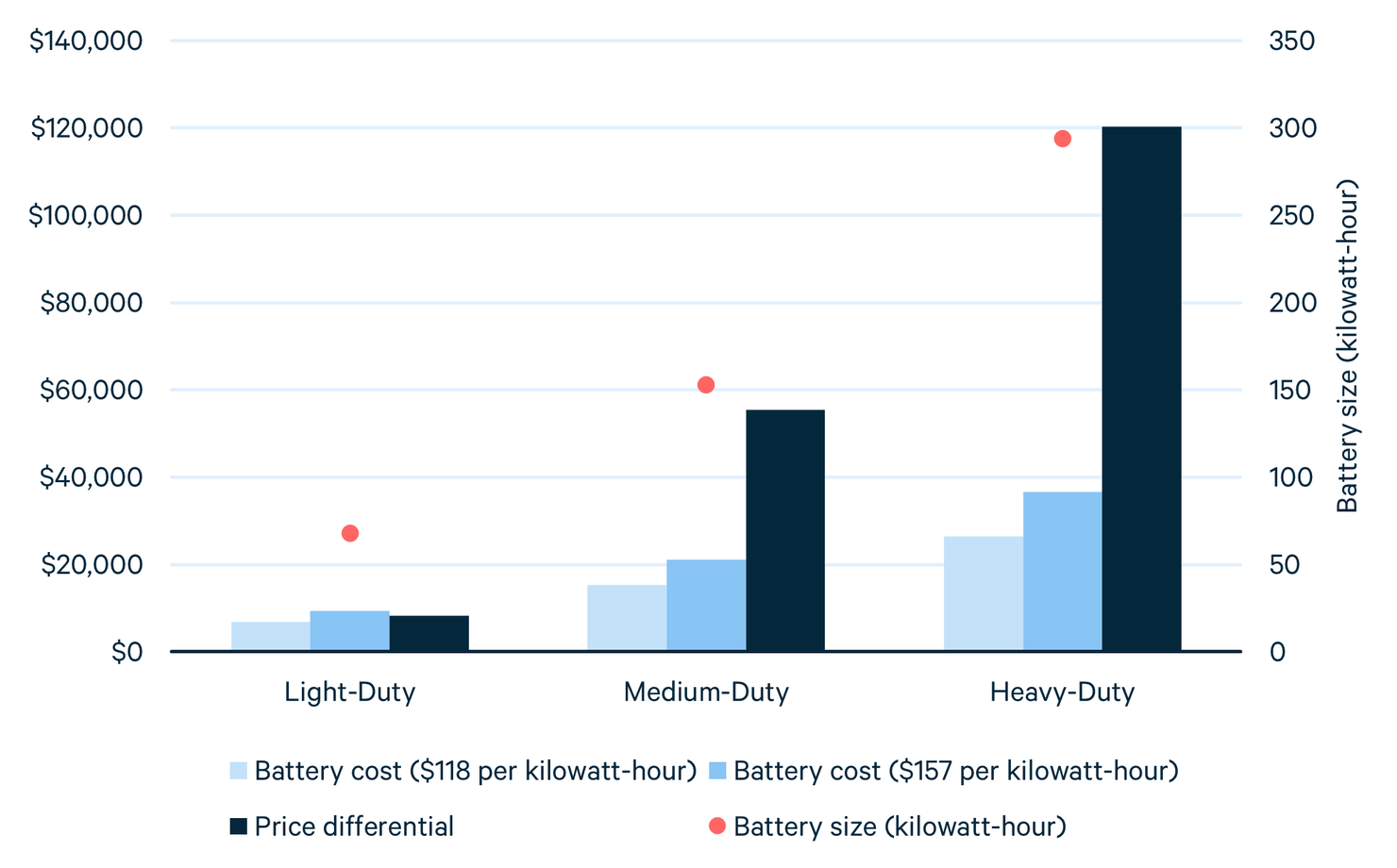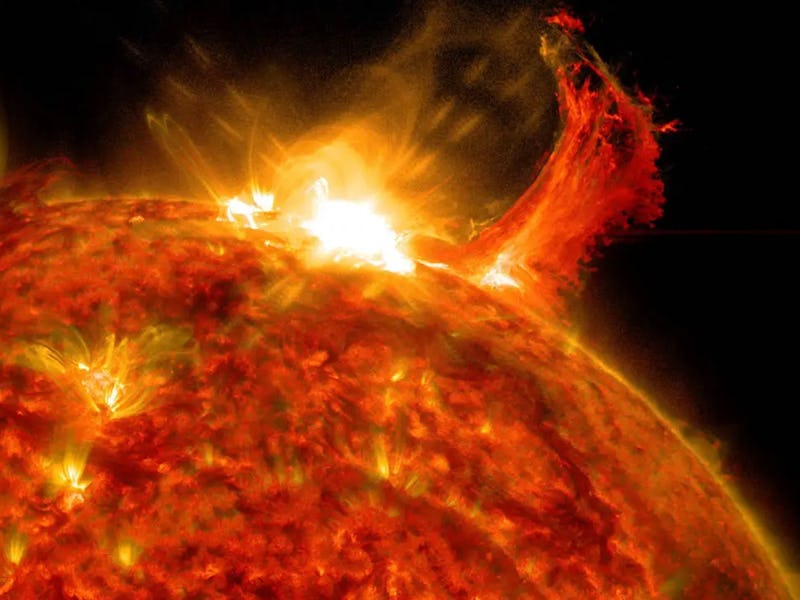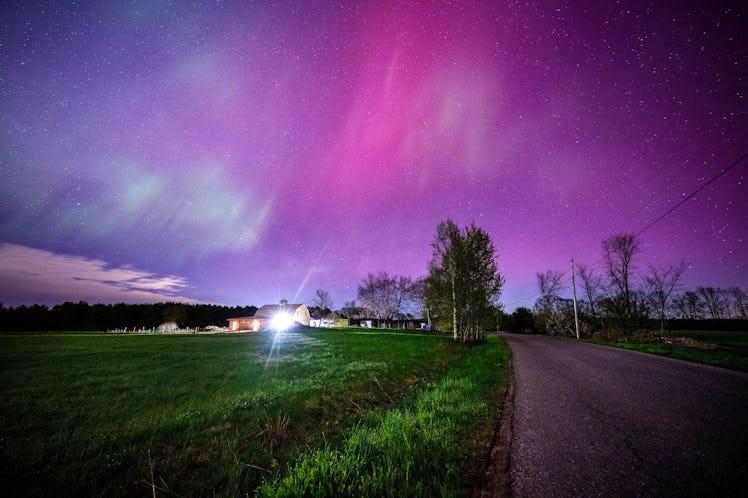New EPA drinking water standards may help US ensure access to safe water
Esperanza Guerrero, 35, fills a glass full with water from her tap in Teviston, California, U.S., October 20, 2021. The town had advised not to drink the water but only use it for washing dishes and washing clothes due to contamination. Approximately 2.2 billion people worldwide (including 46 million Americans) don't have regular access to clean water — a right Pope Francis outlined in Laudato Si'
KIMBERLEY HEATHERINGTON
View Author Profile
OSV NEWS
May 20, 2024
"Access to safe drinkable water," Pope Francis said in his milestone 2015 ecological encyclical Laudato Si', "is a basic and universal human right, since it is essential to human survival and, as such, is a condition for the exercise of other human rights."
Approximately 2.2 billion people worldwide don't have regular access to clean water. Among them are 46 million Americans with no running water or with water that's unsafe to drink.
On April 10, those statistics expanded even further — but with an accompanying promise of decline — as the U.S. Environmental Protection Agency issued the first-ever national, legally enforceable drinking water standards to protect Americans from exposure to per- and polyfluoroalkyl substances, or PFAS, also known as "forever chemicals."
"The final rule will reduce PFAS exposure for approximately 100 million people, prevent thousands of deaths, and reduce tens of thousands of serious illnesses," announced the EPA.
"Drinking water contaminated with PFAS has plagued communities across this country for too long," EPA Administrator Michael S. Regan said in a press release. "That is why President Biden has made tackling PFAS a top priority, investing historic resources to address these harmful chemicals and protect communities nationwide."
Related: Toxic contamination of water sources poses long-term hazards to American communities and environment
"Forever chemicals" are so called because their components don't degrade over time, but instead accumulate in people, wildlife and the environment. Thousands of these man-made elements and their constituent compounds are found in consumer, commercial and industrial products, according to the EPA.
"Exposure to PFAS has been linked to deadly cancers, impacts to the liver and heart, and immune and developmental damage to infants and children," the agency stated.
"Let's put it in perspective," Graham Peaslee, professor of chemistry and biochemistry at the University of Notre Dame, told OSV News. "This is the first new rule for drinking water that the EPA has proposed in 23 years. There was a revision back in 2012 on the lead levels, but that was just a revision to the rule; they made it lower."
"In the U.S., we have to poison somebody before anything gets done," Peaslee said in a note of frustration. "And so that leaves the question: Shouldn't we have acted sooner? Well, we acted as fast as the U.S. can ever regulate something; it takes a while," he explained. "This country litigates more often than it regulates."
Peaslee noted that industry interests also complicate expediency.
"Industry does fight against it; they are fighting against this. But (the EPA) wouldn't have done it unless they felt they could justify it — and the health data certainly justifies a lower limit than ever before," he said.
Nearly $1 billion in government funding will be made available through the Bipartisan Infrastructure Law "to help states and territories implement PFAS testing and treatment at public water systems and to help owners of private wells address PFAS contamination," the EPA also announced.
The EPA estimates "that between about 6% and 10% of the 66,000 public drinking water systems subject to this rule may have to take action to reduce PFAS to meet these new standards. All public water systems have three years to complete their initial monitoring for these chemicals," the agency added.
"They've picked a limit that is as low as reasonably measurable — which is a very practical compromise," said Peaslee. "They have data indicating that adverse health effects happen at less than one part per trillion. Pancreatic cell cancer lines are affected by PFAS at less than one part per trillion," he emphasized.
Since there are nearly 15,000 PFAS, why are just six being singled out by the EPA?
"The reason they went after these six is that they have the health toxicity data to prove it for these six," Peaslee explained. "There's no doubt that these six are toxic at the levels they've said. You can argue a little bit on one level or the other, but nobody will doubt that if you put these six into an animal, you can get a cancer or a disease or an adverse health effect that's very measurable."
Other EPA rulings for PFAS not included in the April 10 announcement are likely to follow once more study conclusions become available, Peaslee said.
"In about 10 years, we'll have the health data on that — and my guess is that rule might be revised at that point," he predicted. "But this one's good for another 10 years. When you clean up these ones, a lot of others are going to get cleaned up at the same time."
Nonetheless, "the things that we've been using for the last 70 years are out there," said Peaslee, "and they will be there for a couple of thousand years."
A file photo shows the Flint River flowing through downtown Flint, Michigan, which continues to deal with the effects of its 2014 contaminated drinking water crisis 10 years later.
"The Environmental Protection Agency's new rule on limiting these PFAS chemicals is worth celebrating," said Anna Johnson, North America senior programs manager for the Laudato Si' Movement, an international network of member organizations, local communities and grassroots leaders working to implement the tenets of Francis' encyclical Laudato Si'.
"The federal mandate means that all communities nationwide will benefit from the positive health benefits of removing these from our drinking water, particularly including our U.S. neighbors who are poorest among us," Johnson said. "This will save lives and protect the health of our and future generations; and go even further to protect our children today: This ruling will reduce suffering and upholds and protects the common good."
Ricardo Simmonds, a policy adviser in the Environmental Justice Program at the U.S. Conference of Catholic Bishops' Department of Justice, Peace and Human Development, agreed.
"Generally speaking, more action should have been taken earlier," Simmonds said. "That's why the USCCB, at least, has been on this for a few years now — mostly with regard to Congressional engagement and action on the issue."
The Centers for Disease Control and Prevention report that most Americans have been exposed to PFAS, and have PFAS in their blood.
"These chemicals have been used widely in household items for their water repellent properties — and then there's the added concentration and risk with manufacturing, especially for foam for firefighters and others," Simmonds noted. "That's where I think the risks are even greater."
"It's a first step," Simmonds added, "but we need to do more."
The USCCB has long advocated for safe drinking water, supporting legislation and federal funding to address lead pipe removal, as well as chemicals in drinking water that disproportionately impact children, expecting mothers and the unborn.
"That has been one of the priorities of the pope and the Holy See the last few years. Laudato Si' itself has a whole section just on water," noted Simmonds. "Maybe it doesn't grab the headlines or the attention as it should, but it's a really important issue. We all need water to survive — and nature and the environment is affected by this, too."
Simmonds is, however, realistic about the expediency of the EPA's new standards — which experts say will almost certainly face legal challenges.
"Like many of these issues," he reflected, "it's not like you have a regulation and you solve the problem — so we expect this to be a long battle."


















